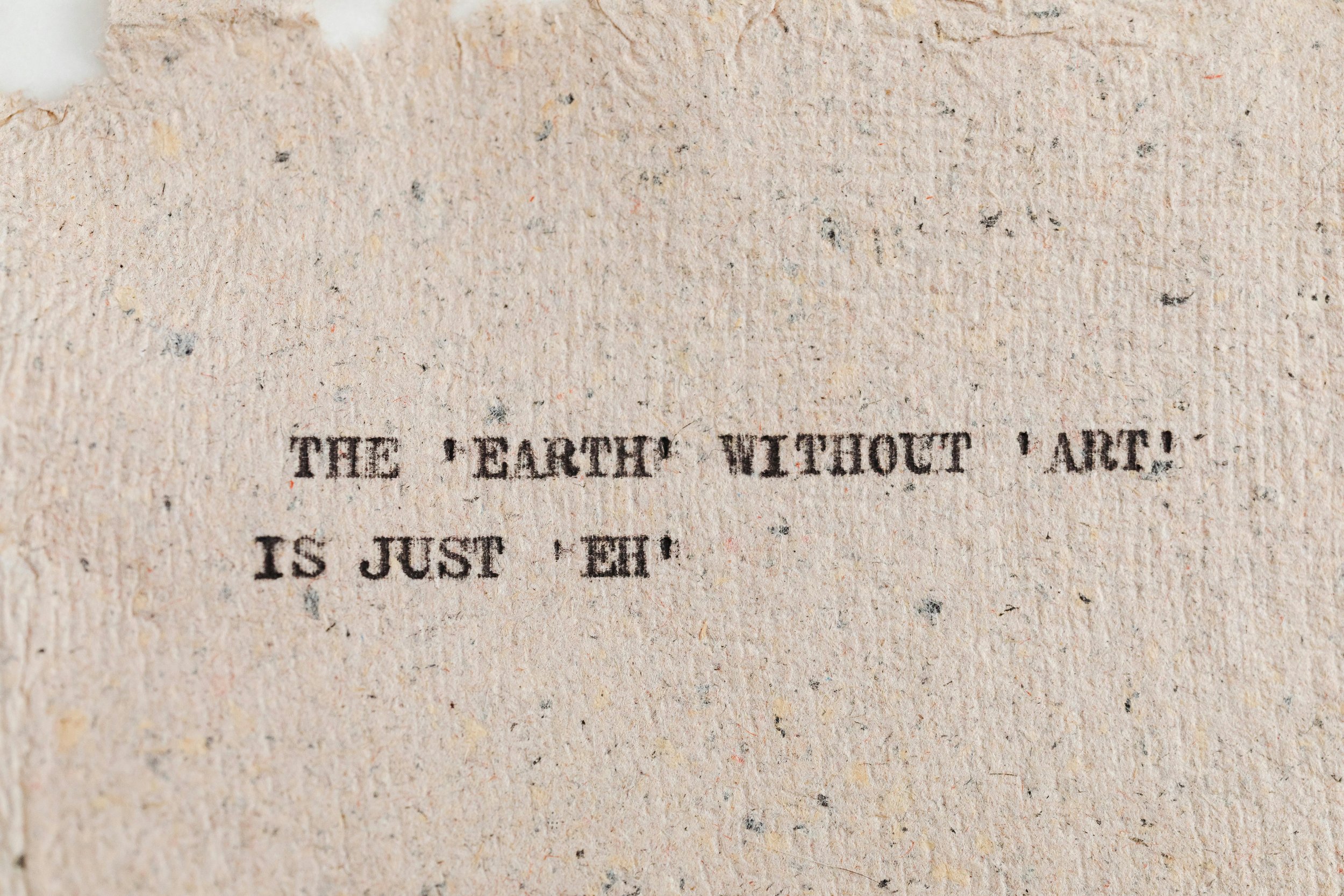
About Art Therapy
Art therapy is a form of psychotherapy that blends creative expression with the healing process of therapy. It gives people a different way to explore their thoughts, feelings, and life experiences—especially when words alone don’t feel like enough.
-
When words fail, art speaks.
Sometimes feelings are too big, too confusing, or too painful to put into words. Art therapy offers another way to express and explore those emotions—through images, colors, and shapes—helping you connect with what's going on beneath the surface.
-
Create your calm.
Creating art can be calming, grounding, and even cathartic. It can help release built-up tension, process overwhelming emotions, and bring a sense of relief or clarity—all while building healthy coping tools.
-
Increase your personal insight.
The creative process can reveal patterns, beliefs, and inner experiences that might not be obvious in talk therapy alone. Art therapy invites reflection in a new way, helping you better understand yourself and your inner world.
-
Leave a mark.
Art-making can be a powerful reminder that you have a voice, choices, and the ability to create something meaningful—even from pain. It can restore a sense of empowerment and offer a safe way to heal, grow, and imagine new possibilities.

FAQs
*
FAQs *
What is art therapy?
Art therapy is a form of psychotherapy that uses creative expression—like drawing, painting, collage, or sculpting—as a way to explore thoughts, feelings, and experiences. You don’t need to be an artist or have any experience with art. The focus isn’t on the final product, but on the process of creating and what it can reveal, release, or help you understand.
What kinds of things can art therapy help with?
Art therapy can be helpful for anxiety, depression, stress, grief, life transitions, trauma, self-esteem, and more. It’s also great for people who want to connect more deeply with themselves or process emotions in a non-verbal way.
What is an art therapist?
An art therapist is a trained mental health professional who uses art and creativity as part of the therapeutic process. In addition to being a counselor or psychotherapist, an art therapist has specialized education in both psychology and the healing power of art.
Art therapists are not art teachers, and you don’t need to have any artistic skill to benefit from working with one. We’re here to support your emotional growth and healing through creative expression—whether that’s through drawing, painting, collage, or simply using art materials to help process what’s going on inside.
How is art therapy different from a regular therapy session?
Art therapy combines talk therapy with creative expression. Sometimes, it can be hard to find the words for what you're feeling. Making art can help bypass that block and offer new insights or ways of processing. We might still talk during or after creating—art just gives us another way in and to explore.
How do I do art therapy in a virtual session?
You can create art using whatever supplies you have at home—whether it's paper, markers, paint, clay, or even digital tools. During our sessions, I’ll guide you step by step, and you can share your work by showing it on camera or uploading images. Together, we’ll explore the meaning behind your art and how it connects to your thoughts and emotions.
Do I need to be “good at art” for this to work?
Not at all! You don’t need any artistic skill or background. Art therapy is about expression, not perfection. It’s about what the creative process brings up for you, not how it looks in the end.
But will I “win” therapy if I’m a good artist?
Nope—therapy isn’t something you win, and art therapy definitely isn’t about being “good” at art. It’s about using creativity to explore, express, and heal. Stick figures, scribbles, or messy colors are all welcome here. What matters is what the process means to you, not how it looks.
Will you analyze my art?
Nope—art therapy isn’t about judging or interpreting your artwork. In sessions, the art you create is yours, and it holds whatever meaning you give it. I'm not here to analyze your drawings or assign hidden meanings. Instead, we’ll explore together what your creative process or imagery brings up for you—emotionally, mentally, or even physically. Sometimes the art says a lot; sometimes it’s just about the act of making. Either way, it’s a tool for self-expression and healing, not a test or an art critique.
Why do people choose art therapy?
Because sometimes words aren’t enough—or they’re too much. Art therapy can offer a different, often more intuitive way to explore and heal. It can be grounding, freeing, and surprisingly insightful.
Can I choose between talk therapy and art therapy?
Yes! Some people prefer to start with talk therapy and try art when they’re ready. Others jump right into art-making. We’ll collaborate to find what feels best for you—there’s no one-size-fits-all approach.


